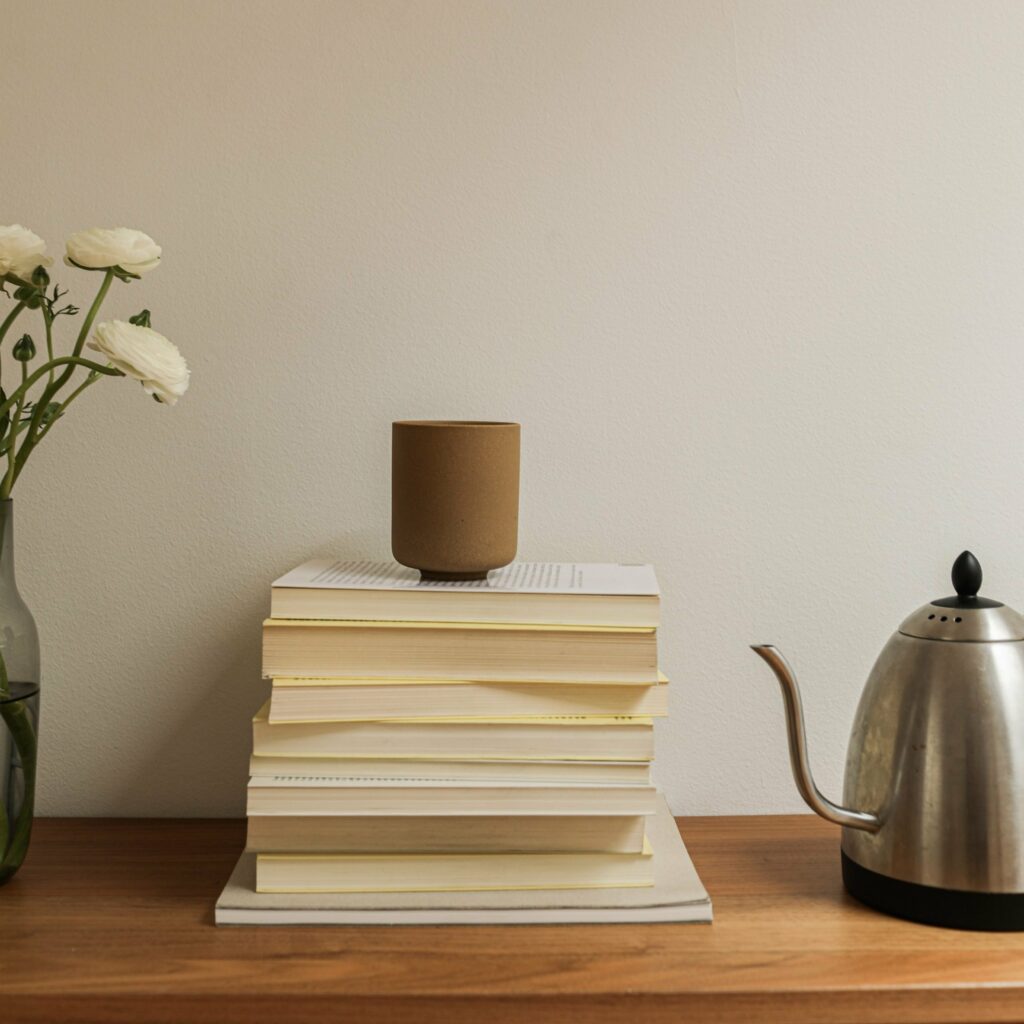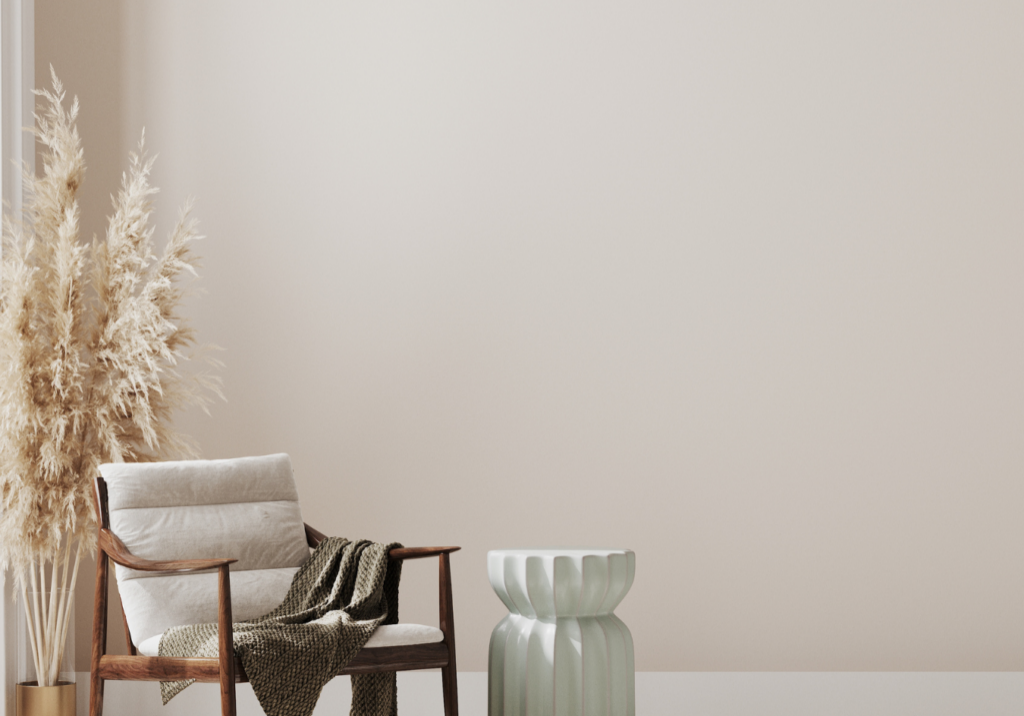The Designer’s Guide To Creating A Profitable Accounting Workflow
Are you drowning in receipts while trying to manage your latest design installation? Feeling like you’re playing detective to match client payments with vendor invoices? Interior designers are artists at heart, but running a successful design business requires a solid accounting workflow that doesn’t steal precious time from your creative process.
Most designers didn’t go to design school to become accountants. Yet, without a reliable interior design workflow, even the most talented designers find their businesses struggling. The good news? You don’t need to become a financial expert. You just need a system that works.
In this guide, we’ll walk through a complete accounting workflow targeted specifically toward interior designers. This isn’t about complicated spreadsheets or financial jargon. It’s about creating a simple, repeatable process that keeps your money organized while you focus on creating beautiful spaces. Let’s create a workflow that works as beautifully as your designs.

Why Interior Designers Need A Dedicated Accounting Workflow
Interior design is a complex business with unique financial challenges that many other industries don’t face. Your interior design workflow needs to handle long project timelines, multiple vendors, deposit structures, and client change orders, all while keeping everything organized and profitable.
Without a tailored accounting workflow, even talented designers face serious business problems:
- Project Profitability Mysteries: Many designers struggle to know exactly how profitable each project truly is. Without proper tracking, you might not realize certain project types or clients are actually costing you money.
- Cash Flow Gaps: Interior design involves significant upfront purchases before final installation. Poor accounting practices can leave you paying vendors out of pocket while waiting months for client reimbursements.
- Tax Headaches: When tax season arrives, disorganized designers spend days or weeks sorting through receipts and transactions. This costs valuable time and often results in missed deductions.
- Client Trust Issues: Nothing damages client relationships faster than billing errors or payment confusion. A solid workflow builds confidence in your business practices.
- Growth Limitations: As your design firm expands, accounting complexities increase quite drastically. Without systems in place, you’ll hit a ceiling where growth becomes unsustainable.
The good news? Implementing a dedicated accounting workflow specifically for interior design can solve these challenges. Proper financial management directly impacts your ability to take on larger projects, hire team members, and ultimately build the design business you’ve dreamed of.
Setting Up Your Foundation
Before getting into the interior design workflow itself, let’s look at what makes the right foundation. Having the proper tools makes implementing your workflow infinitely easier and more effective.
Selecting the Right Software
While there are many accounting platforms available, interior designers have specialized needs. Your software should handle:
- Project-based accounting
- Proposal creation and tracking
- Client payments and retainers
- Purchase orders linked to specific projects
- Vendor management
- Time tracking (for hourly work)
Our top recommendation for interior designers is Houzz Pro, which specializes in design business management. It combines project management, client communication, and accounting functions in one platform tailored to designers. Houzz Pro streamlines many of the workflow steps we’ll discuss, with specialized features for design professionals.
For designers who need more intricate accounting functions, QuickBooks Online (QBO) is another popular option that many interior designers use. While not specifically designed for the interior design industry, QBO offers powerful accounting features that can be customized for your design business needs.
When choosing your software platform, consider these key factors:
- How well it integrates with design-specific tools
- The ability to track project-based profitability
- Ease of creating and tracking purchase orders
- Capabilities for handling sales tax complexities (especially crucial for designers!)
- User-friendly interface that works with your creative mindset
Setting Up Your Chart of Accounts
Before implementing your accounting workflow, you’ll need a properly structured chart of accounts. For interior designers, this should include:
- Income categories that separate design fees from product sales
- Expense categories that distinguish between business operations and project costs
- Asset accounts to track client deposits and retainers
- Liability accounts for tracking vendor deposits and prepayments
A well-structured chart of accounts makes it significantly easier to analyze your business finances and identify which services and project types are most profitable.
Organizing Your Financial Documentation
The final foundation element is establishing a system for managing all your financial documents. Interior design generates multiple receipts, invoices, and contracts that must be properly organized. Consider:
- Digital storage solutions for all documentation
- Consistent naming conventions for easy retrieval
- Regular backup procedures
- Secure sharing capabilities for your team members
With your foundation in place, you’re ready to implement a systematic workflow that will help your design business thrive.
The Step-by-Step Accounting Workflow
Now let’s get into the actual workflow that keeps your design business running smoothly. This systematic approach makes sure that proposals, payments, and orders stay in perfect sync.
Phase 1: Proposal Creation and Client Approval
The interior design workflow begins with creating accurate, detailed proposals. This critical first step sets the financial foundation for your entire project.
Step 1: Create Detailed Proposals
Begin by creating comprehensive proposals within your design software. Houzz Pro excels here with templates specifically designed for interior designers. Your proposals should include:
- Itemized product listings with accurate costs
- Clear fee structures for design services
- Transparent markup policies
- Payment schedules and terms
- Project timeline estimates
Step 2: Review and Refine
Before sending proposals to clients, review them carefully for accuracy. Common errors that can disrupt your workflow include:
- Inaccurate product pricing
- Missing shipping or freight charges
- Overlooked installation fees
- Incomplete sales tax calculations
Step 3: Client Review and Approval
Once your client approves the proposal or sends an initial payment, you’ve officially begun the accounting workflow cycle for that project. In Houzz Pro, you can track proposal status and easily see which proposals have been approved or still require client action.
Phase 2: Payment Processing and Documentation
Once client approval is secured, the next phase of your accounting workflow focuses on properly processing payments and creating the necessary documentation.
Step 4: Apply Client Payments to Proposals
When you receive a client payment, immediately apply it to the corresponding proposal in your accounting system. This critical step guarantees that:
- You have accurate records of what’s been paid versus what’s outstanding
- Your client’s account reflects the correct balance
- You can easily track partial payments against specific proposals
- Financial reports show accurate project status
Step 5: Create Invoices Immediately After Payment
Immediately after applying a client payment to a proposal, create a formal invoice. This timing is crucial for maintaining accurate financial records. Your invoice should:
- Clearly reference the proposal number
- Itemize all products and services included
- Show payment already received
- Indicate any remaining balance
- Include all legally required information for tax purposes
By creating invoices immediately after receiving payment, you maintain a clear audit trail that connects client payments directly to specific products and services. This discipline helps prevent common accounting issues like missing invoices or payments that can’t be matched to purchases.
Phase 3: Purchase Order Management
With client payment received and properly documented, you can now confidently place orders with your vendors.
Step 6: Create Purchase Orders from Paid Invoices
Create purchase orders directly from your paid invoices. This direct connection is a cornerstone of a successful accounting workflow for several reasons:
- It ensures you only order what clients have paid for
- It maintains clear relationships between client payments and vendor orders
- It simplifies tracking of project expenses against revenue
- It provides documentation for reconciling vendor bills later
In Houzz Pro, you can generate purchase orders with just a few clicks from already-paid invoices, maintaining this critical connection automatically.
Step 7: Keep Purchase Orders Open for Reference
Keep your purchase orders accessible during the ordering process. They should serve as your reference guide when:
- Placing orders with vendors
- Confirming pricing with showrooms
- Discussing custom items with craftspeople
- Tracking expected delivery dates
Step 8: Match Purchase Orders to Vendor Invoices
When vendor invoices arrive, compare them carefully against your purchase orders. They should match EXACTLY. Any discrepancies need immediate attention:
- If vendor costs are lower than expected, great! This improves your margin.
- If vendor costs are higher than quoted, don’t alter your existing accounting records. Instead, create a new proposal for the additional costs.
This discipline maintains the integrity of your accounting records and prevents errors from cascading through your financial reporting.
Phase 4: Vendor Management and Payment Tracking
The final phase of your interior design workflow focuses on managing vendor relationships and payments.
Step 9: Post Vendor Payment Details
Immediately after placing an order with a vendor, record the payment details in your accounting system. This includes:
- Payment method used
- Transaction date and confirmation numbers
- Expected shipping dates
- Deposit amounts versus balances due
Step 10: Reconcile Delivered Items
As items arrive, update your accounting records to reflect:
- Actual delivery dates
- Any backorders or canceled items
- Condition of received goods
- Complete versus partial deliveries
This ongoing reconciliation prevents surprises at project completion and helps maintain accurate cash flow projections.
Troubleshooting Your Accounting Workflow
Even the most organized interior designers encounter workflow hiccups. Here’s how to handle common workflow challenges.
Managing Client Change Orders
Design projects rarely proceed exactly as planned. When clients request changes:
- Create a new proposal specifically for the changes
- Secure payment before placing additional orders
- Follow the same workflow steps for the new items
- Keep the original accounting records intact
This approach maintains clean financial records while accommodating the natural evolution of design projects.
Handling Backorders and Discontinued Items
When vendors can’t deliver as promised:
- Notify clients promptly about the situation
- Present alternatives with clear pricing information
- If refunds are needed, create proper credit documentation
- Update purchase orders to reflect the changes
Dealing with Payment Delays
When clients fall behind on payments:
- Maintain professional communication
- Clearly restate payment terms from the original agreement
- Consider pausing order placements until payments resume
- Document all communications regarding payment issues
Simplifying Sales Tax Complexities
Sales tax is particularly challenging for interior designers since rules vary dramatically by location and project type. Factors that impact your sales tax obligations include:
- Whether you’re selling products, services, or both
- The state and local tax jurisdictions involved
- Whether items are delivered or installed
- If you have nexus in multiple states
Many designers seek professional guidance from accountants who specialize in this area. Our accounting team at Logistis For Designers provides specialized support for managing these complexities.
Using Financial Reports To Grow Your Design Business
A well-maintained accounting workflow yields valuable financial insights that help you build a more profitable design business.
Essential Financial Reports
Review these key reports monthly to keep your business on track:
- Project Profitability Reports
These reveal which projects and project types generate the most profit. Look for patterns in:
- Residential versus commercial projects
- Full-service versus consultation-only engagements
- Projects by size, location, or client type
- Cash Flow Projections
Interior design businesses often face cash flow challenges due to the timing differences between client payments and vendor requirements. Accurate projections help you:
- Plan for upcoming vendor payment
- Schedule new project starts strategically
- Make informed decisions about business investments
- Revenue by Service Type
This analysis helps you identify your most profitable service offerings:
- Design fees versus product sales
- Markup performance by product category
- Hourly versus flat-fee services
Using Financial Insights
The data from your accounting workflow should inform strategic decisions:
- Adjust your service offerings to emphasize more profitable activities
- Refine your target client profile based on profitability patterns
- Identify operational inefficiencies that reduce margins
- Set growth targets based on historical performance
Regular financial review sessions are essential for actually using these insights. Many successful designers schedule monthly reviews with their accountants to interpret the numbers and plan strategic adjustments.
Preparing Your Workflow For Business Expansion
As your design business grows, your workflow will need to evolve. Here’s how to scale successfully:
When to Delegate Accounting Tasks
Most designers reach a point where managing accounting in-house becomes inefficient. Consider delegation when:
- Administrative tasks prevent you from billable design work
- Financial complexity increases beyond your capacity
- You want to focus on strategic growth
Hiring bookkeepers or accountants allows you to maintain accuracy and focus on what you do best.
By implementing this accounting workflow, interior designers can transform financial management from a burden into a business advantage, enabling creativity and growth to flourish hand in hand.
Ready to transform your accounting practices? Start by assessing your current workflow against this model and identify one area where you can implement improvements this week.
And remember, you don’t have to do it alone. Contact us to learn how our specialized accounting services can help you build a more profitable design business. We’re passionate about helping creative professionals like you succeed on both the design and business fronts.
FAQs
How should I track expenses to ensure project profitability?
Categorize expenses by project and type (materials, labor, overhead) using subcategories to keep costs organized and analyze profitability accurately.
What is the best way to handle deposits and progress billing?
Record client deposits as liabilities until earned, and invoice progressively based on project milestones to maintain clear cash flow and accounting records.
How often should bookkeeping tasks be performed?
Daily tasks include recording transactions; monthly tasks cover bank reconciliations and sales tax filings; quarterly reviews analyze financial statements; annual tasks prepare for tax filings and budgeting.
How can I manage payroll and employee-related expenses?
Track payroll accurately, including taxes and benefits, and integrate these into your accounting system to ensure compliance and clear financial reporting.
What should I do if I’m not confident in managing accounting myself?
Consider hiring a specialized bookkeeper or accountant familiar with interior design workflows to ensure accuracy and compliance.
How do I ensure compliance with sales tax regulations?
Use software that handles multi-jurisdictional sales tax, keep detailed records, and consult tax professionals to manage complex rules.
Can I use general accounting software for my interior design business?
Yes, but choose software that can be customized to your industry needs and integrates well with design project management tools.
How do I handle client billing for hourly versus flat-fee services?
Use clear contracts and invoicing systems that separate time-based billing from fixed fees, and bill clients regularly to maintain cash flow.
What are some tips to simplify accounting for my design firm?
Set aside dedicated time for accounting, use reliable software, automate where possible, and keep consistent documentation practices.
How can financial reporting help grow my interior design business?
Regularly reviewing profitability, cash flow, and revenue reports helps identify strengths, optimize services, and make informed strategic decisions.
Share On:



